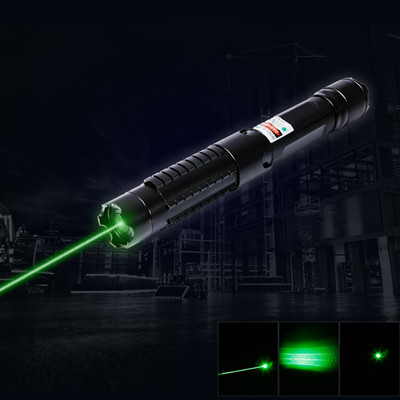The field of ultra-strong and ultra-short lasers is now at the critical stage of achieving major breakthroughs and pioneering applications. The world is vigorously developing ultra-strong laser pointer light sources and cutting-edge technology innovation platforms relying on it. Nearly 40 research institutes and scientific research institutions in more than 10 countries in the EU jointly proposed Extreme Light Infrastructure (ELI), the goal is to develop a peak power of 200 beat watts (PW, 10 ^ 15 watts) level ultra-strong ultra-short laser device, and plan In 2017, a 10-pwatt ultra-strong ultra-short laser user device was built to create a new era of research and application of the interaction between laser and matter. The plan has been incorporated into the EU's future road map for large scientific devices.
The main scientific goals of ELI are: laser acceleration for 100 GeV, vacuum structure research for Schwinger field, 1-10 keV coherent X-ray generation and attosecond scientific research, and photonuclear physics research, and the development of large scales of 10 watts or higher Super strong ultra short laser device. There are four major research facilities under ELI, namely ELI-Beamlines Facility in Prague, Czech Republic, ELI-Attosecond Facility in Szeged, Hungary, ELI-Nuclear Physics Facility in Megurele, Romania, and ELI-Ultrra High Field Facility that has not yet been addressed.
Since 2012, the ELI project has launched three sub-projects in succession, with an investment of 850 million euros. In 2017, it plans to develop several 10-beat ultra-short ultra-red laser pointer and build user devices. The watt-level super-power laser large scientific device laid the foundation. In addition to the EU's ELI program, the United Kingdom and France are also working intensively on the development of their own 10-beat tile-level ultra-short laser devices. Russia, the United States, Germany and other countries have also proposed their own tile tiles, 10 tile tiles and even 100-watt tile-level ultra-strong ultra-short laser device research plan.
The Central Laser Unit (CLF) of Rutherford Laboratories in the United Kingdom is a comprehensive platform for multiple sets of laser beam lines. As its core device, the Vulcan laser unit of Rutherford Laboratories in the United Kingdom plans to invest 25 million pounds in 6 years to adopt OPCPA The technology upgrades the peak power of its output pulse from the beat-watt level to the order of 10 beat-watts, with a single pulse energy of 300 Joules, a pulse width of 30 femtoseconds, and a focused light intensity of 10 ^ 23 W / cm2.
The French apollon device is located on the outskirts of Paris, designed and constructed by the French National Center for Scientific Research (CNRS), the Paris Polytechnic University, and the French Higher Institute of Science and Technology. It is planned to be completed between 2015 and 2016. The device is based on the OPCPA front-end combined titanium sapphire amplifier structure. It is intended to achieve 300 Joules of amplified pulse output. After compression, it can obtain 150 Joules, 15 femtoseconds, and 10 beat-watt laser pulses. The focused light intensity exceeds 2 × 10 ^ 22 W / cm2. The time contrast is greater than 10 ^ 12.
The leading plan of the Russian Institute of Applied Physics also plans to achieve an unprecedented peak power of 0.2 watts (200 beats). The laser device in the design includes 12 beams of 15 beats and 25 femtosecond ultra-strong and ultra-short lasers, which use coherent synthesis technology to achieve 180 Pai tile output, the highest possible 200 watts. At the same time, the device is also designed with a beam of 100 MeV (megavolt) electron linear accelerator and a beam of probe light with 1 beat watt and 1 Hz-10 kHz repetition frequency. It is planned to explore unknown phenomena related to high-energy physics strong field physics and vacuum space-time structure exploration Research work.
The United States is implementing the BELLA program, the content of which is to first cooperate with a French company to purchase Laser Engraver plasma acceleration by purchasing a commercial 40-joule, 40 femtosecond, 1 Hz watt-level repetition rate ultra-strong ultra-short laser system Electronic research. The goal is to produce miniaturized (meter-level) 10 GeV high-performance electrons for cutting-edge applications such as materials science, and for the future development of a 1TeV electron beam cascade (100 Level) The positron collider of the laser plasma accelerator provides a research basis.
In addition to the electron accelerator beamline, the ELBE device established by the German Research Center has also established comprehensive beamline platforms such as ultra-strong ultrashort laser, free electron laser (FEL), X-ray and neutron beamline.

